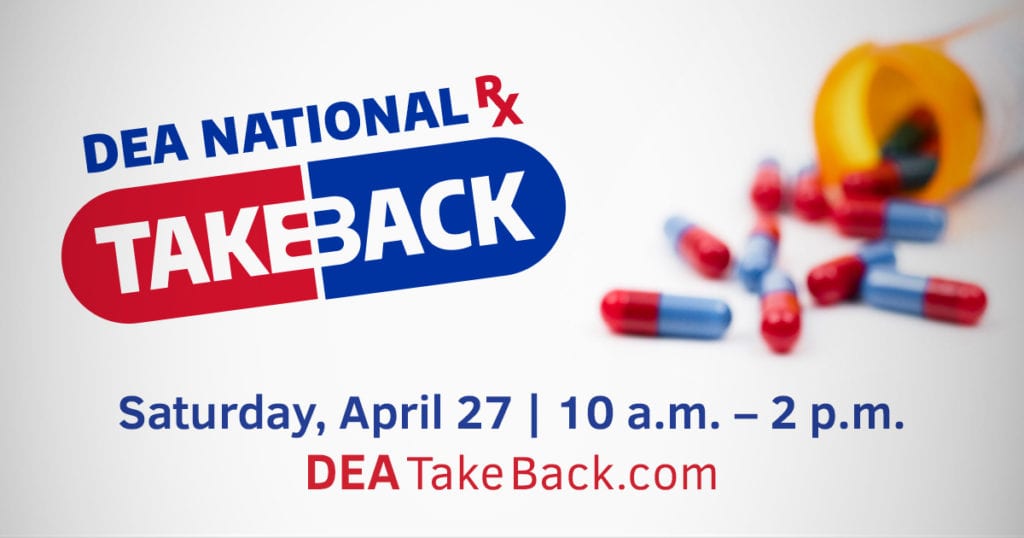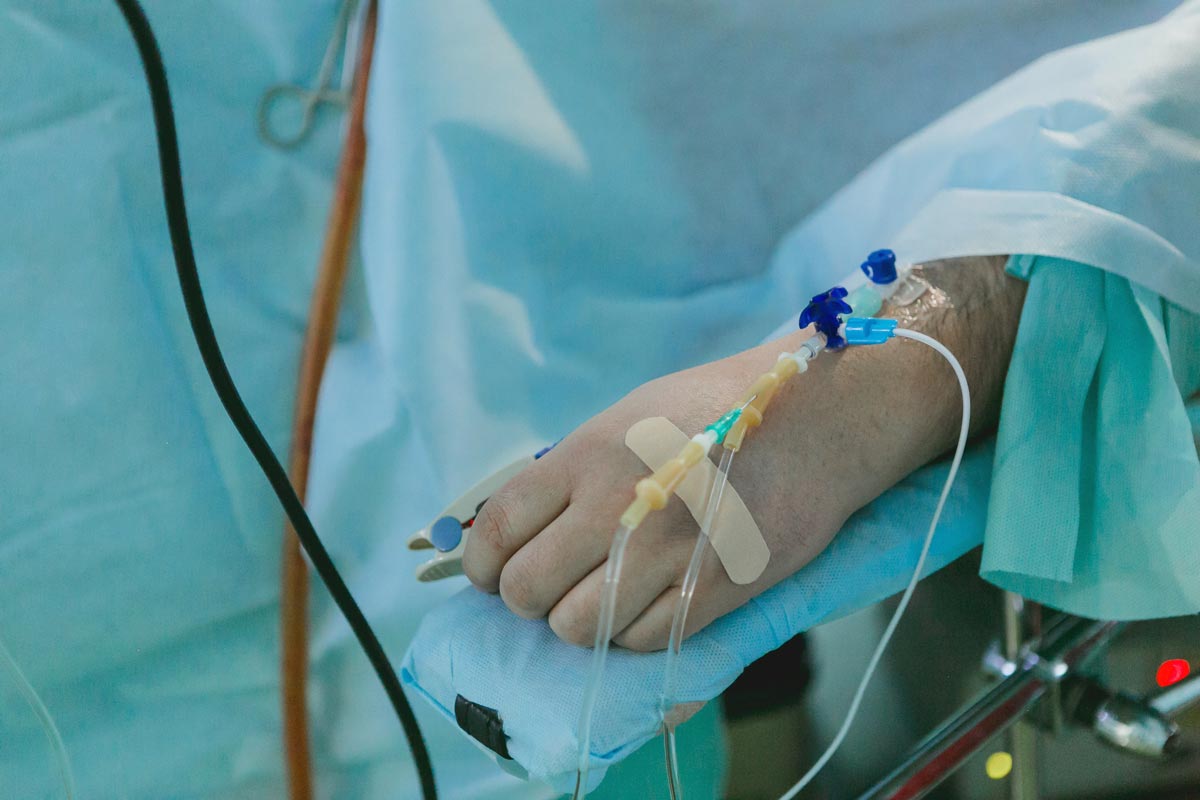Prescription drug abuse is a major concern across the United States as many communities are struggling with the ongoing opioid …
Addiction Treatment After Overdose
drug naloxone more available have spared thousands of lives. However, a cure for overdose is not an antidote for addiction. When …








